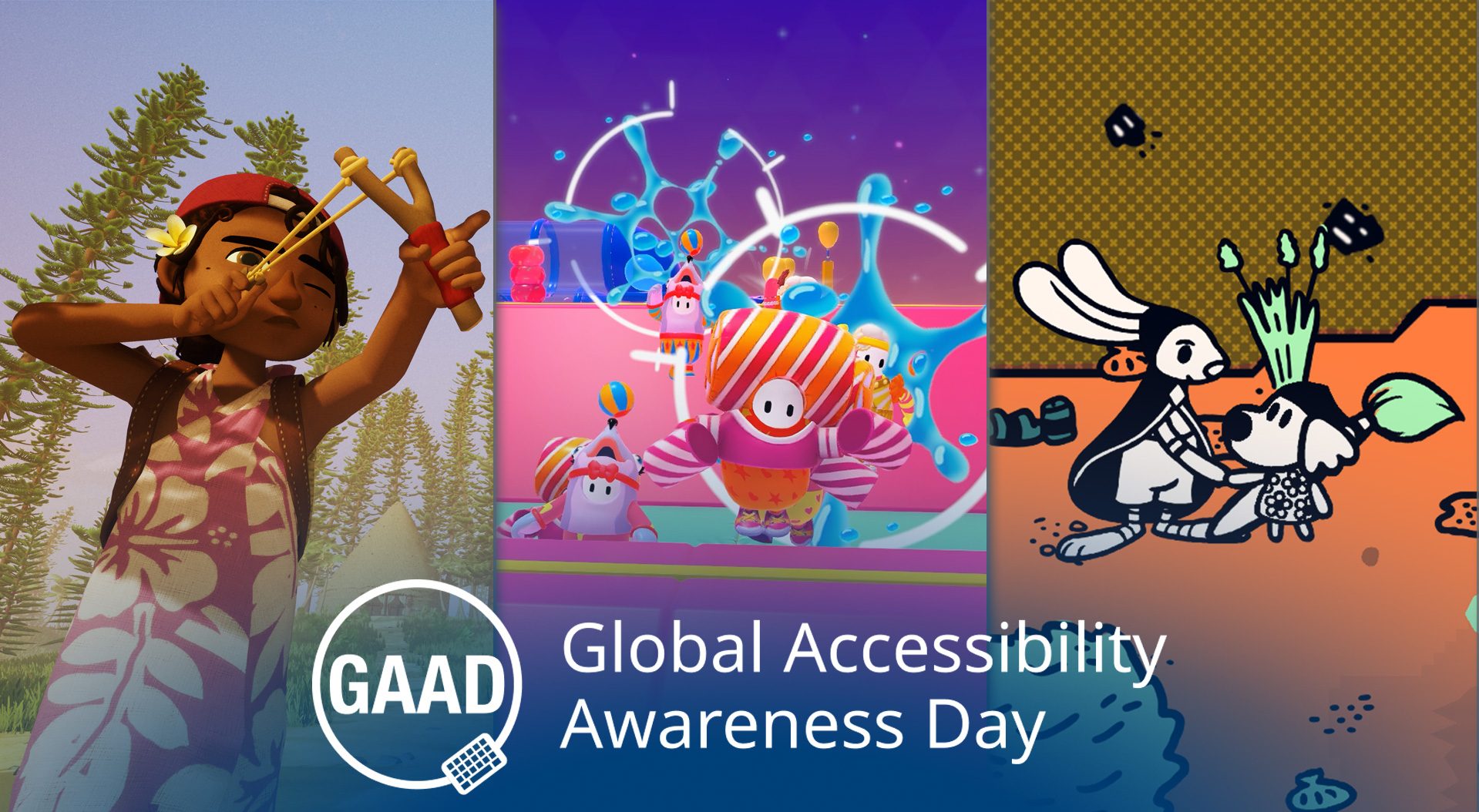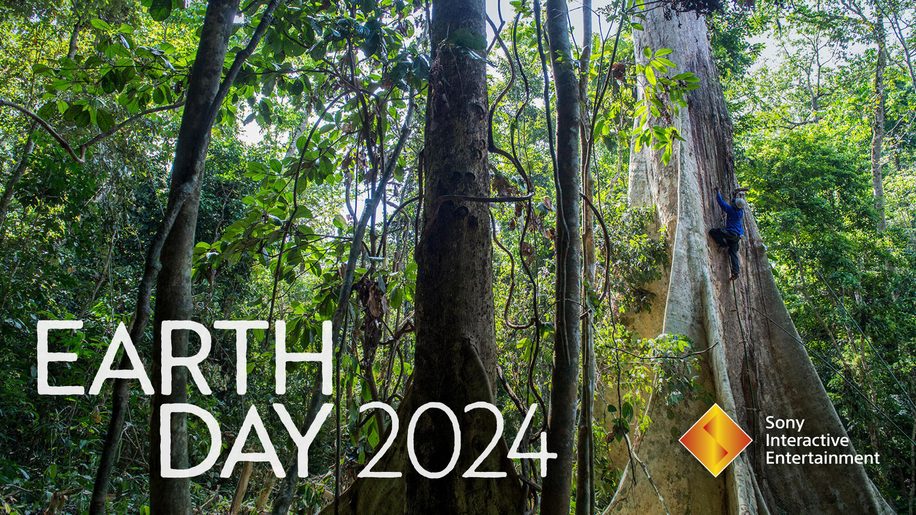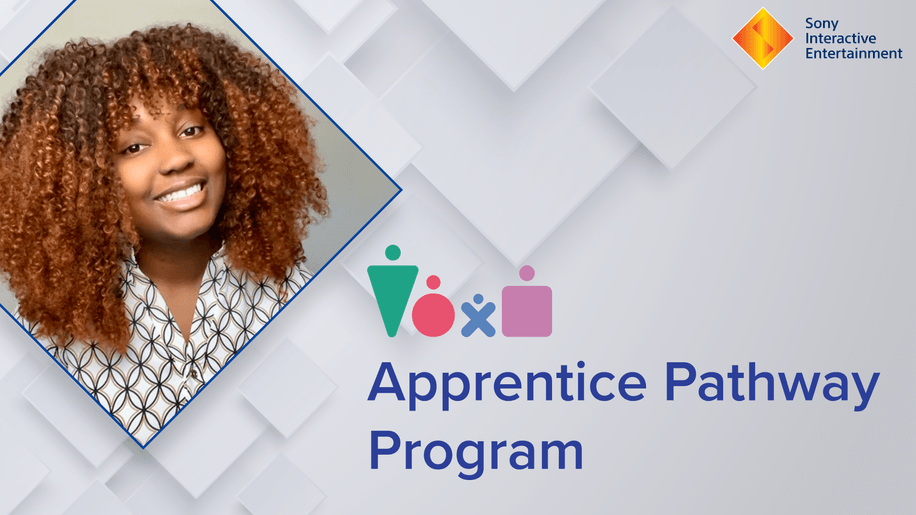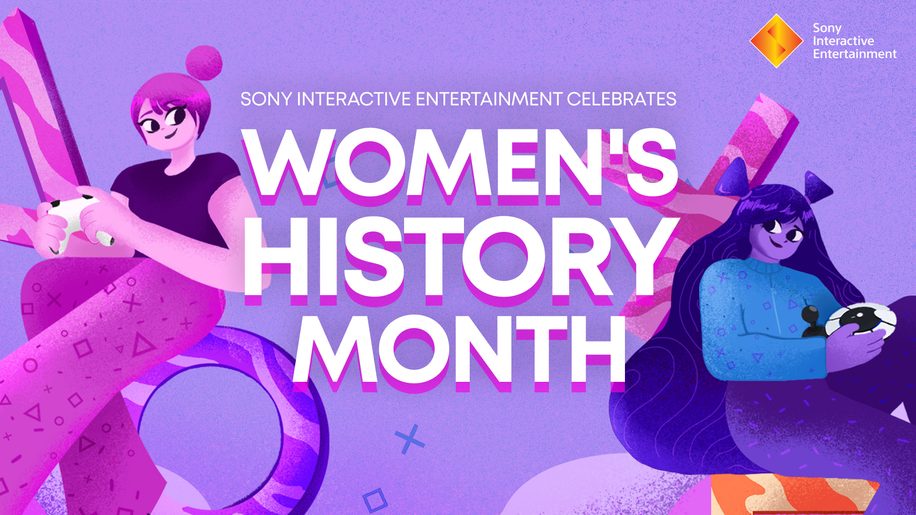GAAD 2022: Indies and Accessibility

As we continue to witness the growth of the gaming industry worldwide, along with its tremendous capacity to bring jubilation to people around the globe, developers continue to find more ways for gaming to be enjoyed by as many people as possible , regardless of who they are and their physical or cognitive limitations. That is why conversations around accessibility have become so important, both at Sony Interactive Entertainment (SIE) and with our development partners.
With the expansion of the industry in the last couple of decades—along with the widespread availability and ease of access to development tools—the indie development scene has flourished into a welcoming field for teams around the globe to share their ideas, their cultures, and their realities, regardless of the size of their teams, or their experience as creators. Removing any hurdles between the player and the intended messages of these games is crucial to maximize reach and impact with all the communities within their audiences. “We strive to make games with a deep human and emotional component. The world of Tchia is inspired by the many cultures of New Caledonia and the incredibly diverse people that represent them,” says Phil Crifo from Awaceb, Game Director behind Tchia. “So opening the doors to our world as wide as possible and welcoming players in a comfortable way definitely aligns with our core values and is close to our hearts”.
As the conversation moved towards more specific game design practices and systems, our guests soon arrived at similar lines of thought. The impact minor changes can have on user experience is not to be underestimated. Sometimes all it takes is for systems already in place to be adjusted slightly to accommodate the needs of a wider audience. “Simple considerations and design decisions could make the difference between someone being able to comfortably play your game, or not. Making it a standard for all games to have a higher level of accessibility would really set a precedent for ensuring games being made are being made for everyone,” shares Juliet Stafford, Community Assistant at Mediatonic. Some of these considerations could be simple adjustments to systems that are already in place. “It would be frustrating if someone loves the idea of our game but is prevented from playing it because of a technical oversight,” concludes Greg.
It is important for the industry to explore these issues with independent developers as the indie scene has shown to be effective in innovating solutions, given their streamlined procedures. “I think accessibility flourishes in indie games because they’re smaller projects where the intentions of good-natured directors are less filtered, so you see their priorities come through,” says Greg, who made certain to playtest with players whose needs he intended to accommodate in Chicory: A Colorful Tale, including color blindness, anxiety, and limited game experience.
“Making it a standard for all games to have a higher level of accessibility would really set a precedent for ensuring games being made are being made for everyone.”
Building on these ideas, Anna insightfully reiterates Mediatonic’s take on inclusion, remarking that you should not think of accessibility as something tailored only to gamers with special needs or players that live with restricting conditions, but rather as a tool to incorporate everyone in the player base and make them feel as much a part of the community, a great example of which are the youngest members their audience. “The Fall Guys‘ audience is quite young, so we have an essential mission of making our player base happy and giving them a fun introduction to the gaming world, as it may be one of the first games they’ve played,” she says. “Accessibility to me, means being inclusive of all potential people in your audience/player base, creating an ideal player experience that doesn’t make the player feel singled out, unable to enjoy the game or unable to play with friends.”
With such a wide range of considerations, how do these astute studio representatives identify the most relevant accessibility problems for their games? “Working on a live game definitely presents its challenges and having the workforce dedicated to each upcoming task is always going to be tough,” shares Juliet, while opening up about the kind of challenges indie developers face. “While we’d love to give a long list of accessibility features we’ve prioritized, we’re happy to now have a backlog of accessibility issues that our design team are looking into. We definitely hope to make Fall Guys as accessible and enjoyable as possible, and with that, will be opening a support channel where players can report accessibility issues and concerns”.
“I hope that it becomes industry standard for people to be trained in understanding accessibility, the challenges that come with trying to make your game accessible and how to overcome those challenges to ensure your game is fit for all.”
At SIE, we are devoted to producing industry-defining games with a focus on accessibility. We also encourage teams to recognize the importance of inclusion, equality, and diversity. We are proud to see initiatives from PlayStation studios like Naughty Dog and Insomniac, and we are working hard to create a more accessible future in gaming. Phil shares with us that he took notice of some of these efforts by the PlayStation first-party family when looking for potential implementations on the accessibility front. “A big inspiration on that front is The Last of Us Part II. It is definitely a benchmark on the level of granularity and customization it allows. Super impressive. Seeing the response to it from the community was also incredibly heartwarming”.
Our guests also have some words of advice for other independent studios out there interested in bolstering their accessibility design practices. “Start with education and utilize accessibility training. It’s difficult to shift a company’s mindset when it comes to what’s right for their game, but with education and training, it can be easier for teams to create a more positive player-oriented experience for all,” says Anna. “There are many great resources like Home – Accessible Games, for example. They provide an excellent overview of accessibility”.
Other practices can also be tweaked to include an accessibility component, such as game difficulty, UI considerations, and playtesting. “Playtest your accessibility options and make sure they are effective at helping the people they are intended to help,” says Greg. The intricacy of these new systems, suggests Phil, should be accounted for as early as possible in the development process. “Building that granularity at the root is much easier than coming back later and deconstructing stuff to hack in your settings. We have learned this lesson the hard way and intend to be much smarter about it next time around!”.
At SIE, we applaud the efforts of indie developers such as Anna, Juliet, Greg, and Phil as well as the importance of their stance on accessibility. We are also delighted to be collaborating with the rest of the team at Mediatonic, Finji, and Awaceb, who surely will continue to push for more accessibility in the indie space. Be sure to visit their official websites for additional information.
If you want to know more about our initiatives for GAAD 2022 and beyond, keep an eye on our blog.


